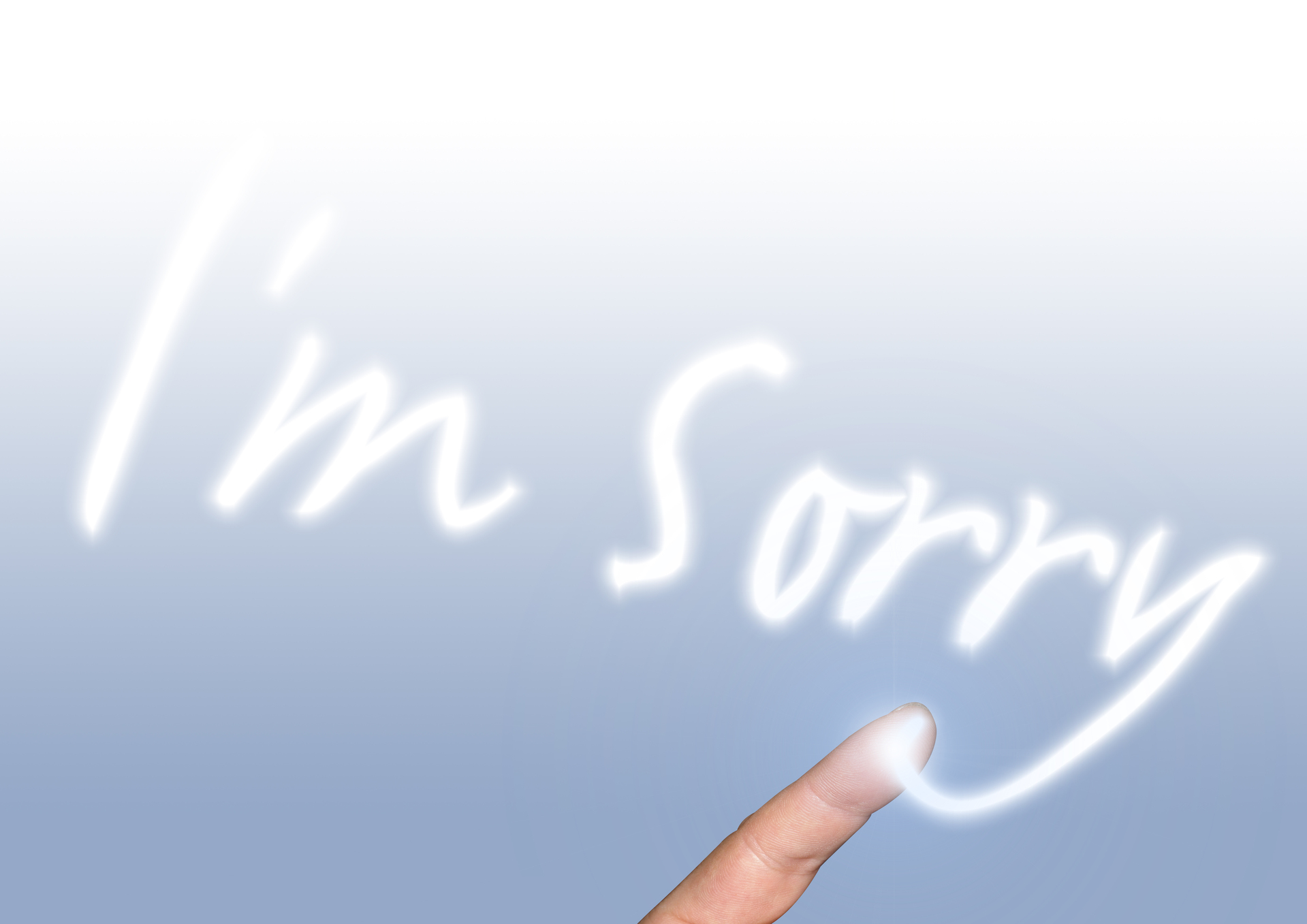It’s not easy to apologize, especially if things unfold in the public eye. As any PR expert knows, there’s an art to the public mea culpa.
After announcing that her show would resume production despite the Writers Guild of America strike, Drew Barrymore issued a tearful, 5-minute video apologizing for her decision, but seeming to stand by it. Barrymore was harshly criticized for the statement, which has since been deleted, and she ultimately walked back the commitment to resume the show.
A few days later, Colorado representative Lauren Boebert found herself in a PR corner after being escorted out of a Denver theater after creating a disturbance. Boebert initially denied that she had been vaping from her seat, among other questionable activities, but security video proved otherwise. She then issued a statement of apology blaming her actions on her recent divorce, saying that she “fell short of her values.” It was a hamhanded and somewhat baffling response that seemed to skirt the real issue.
Here, then are some guidelines for an effective public apology.
Be clear and concise
This is where Drew Barrymore went a bit wrong. She intended her speech as a way of taking responsibility for her decision and not hiding behind a PR representative. But the video was a bit repetitive, self-involved, and unclear. If you stick with it, you see she offered a reason for her decision — that many jobs depend on her show. But because she spent too much time proclaiming that “there was no PR machine” instead of getting to the point, it came across as defensive and out of touch. And no one wants to watch a five-minute video when 45 seconds will do it.
Be sincere
It’s hard to challenge the sincerity of Barrymore’s video, and video is an excellent medium for conveying real remorse. Her tearful manner and unvarnished, no-makeup appearance lend credence to her words – we believe she’s genuinely upset. But as the statement continues, she begins to repeat herself and tries too hard to justify her decision. A better example of sincerity in action is the 2020 video posted by YouTube pioneer Jenna Marbles. Marbles won a generally positive reaction when she explained her decision to quit her YouTube channel in a farewell statement that took responsibility for offensive videos she had made years prior. It’s quite long at 11 minutes, but a controlled and quiet example of a near-perfect public apology.
Explain but don’t excuse
It’s sometimes helpful to explain the mistake or misbehavior, especially if it’s relevant to the perception of wrong. In early 2022, amid a sudden and serious shortage of infant formula, Abbott Laboratories CEO Robert Ford published a Washington Post editorial explaining how a voluntary recall of product from one facility after a bacteria scare exacerbated the supply shortage. The information was useful and relevant, but the Ford’s op-ed mainly succeeded because it outlined the plan to get formula back on store shelves. Any explanation must acknowledge the harm done and convey a sense of responsibility rather than an excuse.
Take responsibility
The epitome of the weasel-word apology is the awkwardly passive “mistakes were made” cliche, which, believe it or not, you can still find in corporate communications statements. This tenet can be tricky, especially when it comes to a serious situation involving injury or death. If there’s a risk of liability, attorneys will always counsel against a statement that assumes responsibility for harm. But in the court of public opinion, holding yourself or the organization accountable is often the most powerful thing you can do.
Fix the problem
Or try to. The Abbott Labs apology was effective in part because Ford shares a plan for solving the baby formula supply crisis. It’s clear he intends to fix the problem. The original model for the apology fix might be JetBlue’s “Passenger Bill of Rights”, which then-CEO David Neeleman promoted in a national media tour after a public fiasco. When an ice storm hit the East Coast, the airline cancelled 1000 flights in five days, and when passengers tried to rebook, its operations systems collapsed. The result was that 130,000 travelers were stranded, triggering a bitter backlash. Yet Neeleman’s public apology, coupled with the thoughtful set of commitments for the future, managed to challenge the entire category and position JetBlue as an industry leader rather than just another beleaguered player.
Remember, it’s not about you
Whether it’s a corporation or an entertainment personality, a self-involved apology is a turn-off. Both Drew Barrymore and Rep. Boebert strayed into indulgent territory in their respective statements. Barrymore repeated her self-justifications multiple times, which communicated the opposite of what she wanted to say. Boebert brought up her divorce as a potential excuse for her behavior, then referenced her own “values” which seemed to aggrandize the situation. It’s far better to keep it short and sweet, and most importantly, to address those who were aggrieved or harmed rather than focusing on justifications or excuses.
